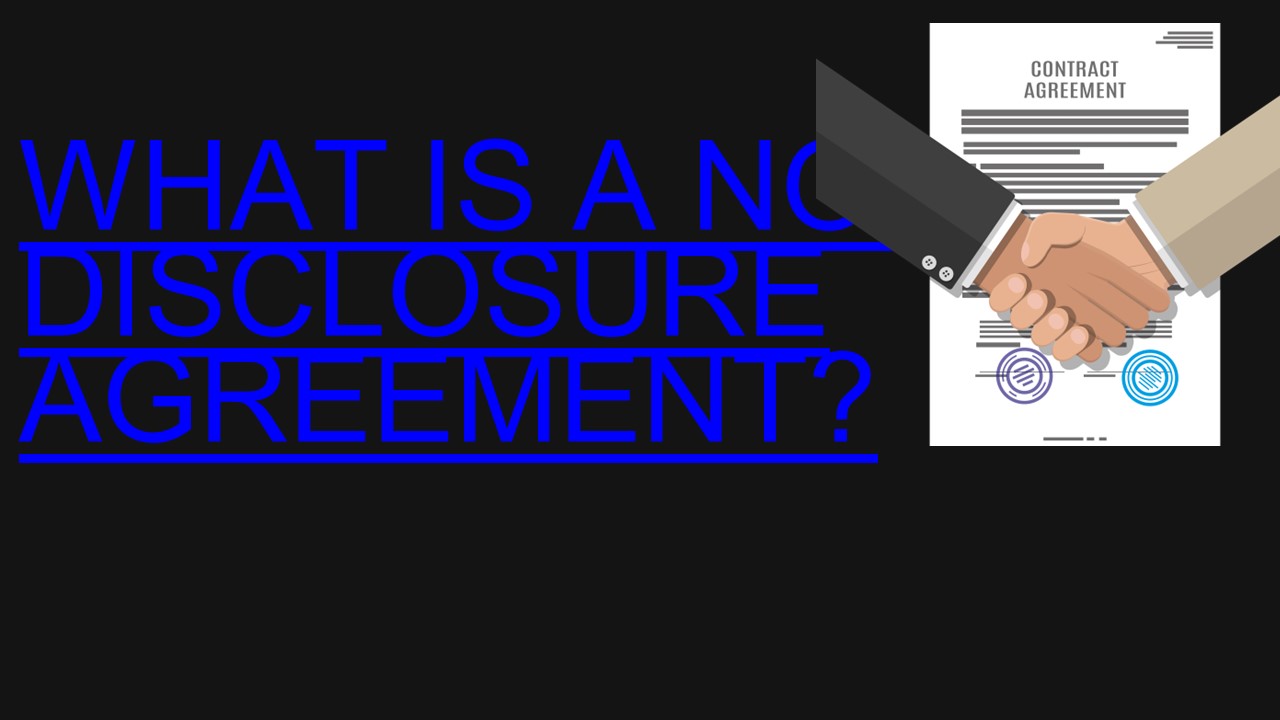What Is A Non Disclosure Agreement? - PowerPoint PPT Presentation
Title:
What Is A Non Disclosure Agreement?
Description:
Protecting sensitive information is crucial in the hectic and competitive business world of today. Many organisations use legal tools like Non-Disclosure Agreements (NDAs) to safeguard sensitive information and keep their competitive edge. We'll go into the idea of NDAs in this blog, examining what they are, why they're used, and how they work to protect sensitive data. – PowerPoint PPT presentation
Number of Views:2
Title: What Is A Non Disclosure Agreement?
1
WHAT IS A NON-DISCLOSURE AGREEMENT?
2
INTRODUCTION
In today's fast-paced and competitive business
environment, safeguarding sensitive information
is of paramount importance. To protect
confidential data and maintain a competitive
edge, many businesses turn to legal instruments
such as Non-Disclosure Agreements (NDAs). In this
blog, we'll delve into the concept of NDAs,
exploring what they are, why they are used, and
how they function to keep sensitive information
secure.
3
UNDERSTANDING NON-DISCLOSURE AGREEMENTS
A Non-Disclosure Agreement, often referred to as
an NDA or confidentiality agreement, is a legally
binding contract between two or more parties.
This agreement establishes the terms and
conditions under which one party (the disclosing
party) shares sensitive or confidential
information with another party (the receiving
party) while ensuring that the receiving party
does not disclose or misuse the confidential
information.
4
WHY ARE NDA USED?
- Protecting Intellectual Property Businesses
often rely on NDAs to safeguard their proprietary
technology, trade secrets, and innovations. By
having employees, contractors, or partners sign
NDAs, they can prevent the unauthorized
disclosure or use of these assets. - Maintaining Competitive Advantage When companies
engage in discussions with potential partners,
investors, or even competitors, they may need to
share confidential business strategies or
financial information. An NDA helps maintain a
competitive edge by ensuring that sensitive data
remains confidential.
5
KEY ELEMENTS OF AN NDA
- Definition of Confidential Information The
agreement should clearly define what constitutes
confidential information. This could encompass
various types of data, including trade secrets,
customer lists, financial data, and more. - Obligations of the Receiving Party The NDA
specifies the responsibilities of the receiving
party, including maintaining confidentiality,
restricting access to the information, and not
using the information for personal gain.
6
THANK YOU































